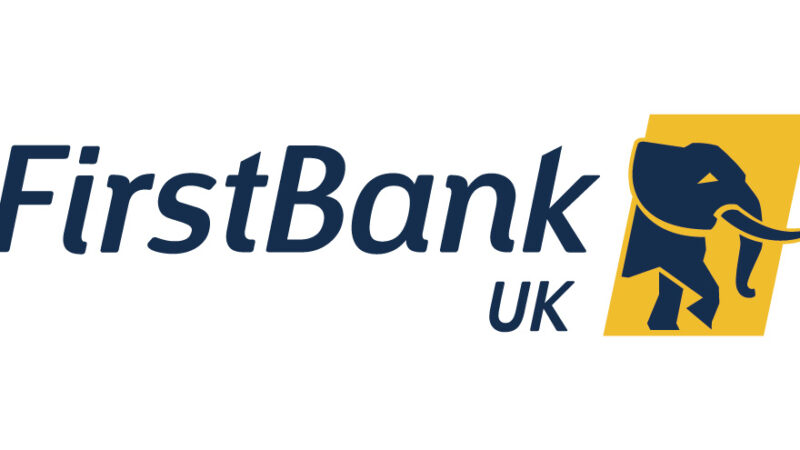Tips for launching successful rebrand

 You have decided that it is time to rebrand. This may be because you have outgrown your name or decided it lacks strength, pivoted to a new business model or even received a cease-and-desist letter. Here are the four most common statements our company gets from clients when they call to discuss a rebrand:
You have decided that it is time to rebrand. This may be because you have outgrown your name or decided it lacks strength, pivoted to a new business model or even received a cease-and-desist letter. Here are the four most common statements our company gets from clients when they call to discuss a rebrand:
- “I received a cease and desist letter. My attorney recommended we do not fight it.”
- “Our business has changed drastically. Our current name does not fit anymore.”
- “I am so tired of spelling my brand name for everyone I speak with.”
For example, several years ago, a company called AuctionWeb realised that they had outgrown the benefits of having a descriptive name and would benefit from a catchy, brandable name that would allow them to fit in with other emerging digital platforms and develop brand equity with users. The successful rebrand, to eBay, helped AuctionWeb become a global giant.
Whatever your specific reason, consider these points if you want a painless and successful transition.
Make sure your team is on the same page
A company is a cohesive unit, and the broader team, customer base and other stakeholders must be considered before moving ahead with a rebrand. Start your by outlining your goals and consider how the rebrand will support your business’s overall growth. We have had many clients come to us wanting to start with vague concepts like, “I want a better name” or, “I will know it when I see it.”
Creating a complete project statement is an excellent way to refine your ideas. Once everyone (or at least your core members) are on the same page with regard to the goals and direction of your rebrand, it will be more likely to succeed. Conflicts that emerge can be handled swiftly and thoughtfully, resulting in structured and consistent communication.
Take global professional-services giant Accenture, which was actually born under the name Andersen Consulting. During the period of their rebrand, companies were looking to hire agencies with proven strategies and the ability to harness emerging and fluctuating technology. At its core, the name Accenture sounded new and different, while also keeping a level of gravitas that’s expected from a worldwide organisation. By creating a brand that was both fresh and strong, Accenture became a benchmark for consulting firms emerging in the technology age.
Communicate proactively with internal and external groups
Key stakeholders need to understand why this rebrand will benefit both your business and them individually. Keep them informed by outlining how and why this shift should be good for the long-term health of your company. And of course, as Dale Carnegie insisted, “Get the other person’s point of view and see things from his angle.” In other words, convey how the rebrand will be good for them too.
Additionally, you do not want to lose the trust of your existing customers. Getting them involved shows that you, as a company, care about what they have to say. Everyone loves having their voices heard. Test your new brand with current and new customers alike by reaching out with a survey, panel, questionnaire or any other means of receiving feedback. To get a sense of how to appeal to newer groups in particular, try asking action-oriented questions.
Check your trademarks
This step is crucial to avoid those dreaded cease-and-desist letters. The last thing you want to do is fall in love with a name or logo, only to find out that it is already being used. You need to not only emotionally prepare yourself for trademark conflicts, but also check all of your boxes legally. You can assess trademark risk by checking the United States Patent and Trademark Office, or via simple Google searches, but we always recommend working with a licensed trademark attorney.
Check your motives, weigh costs and benefits
As the popular saying goes, the grass is always greener on the other side. A rebrand is typically a very exciting time for an organisation, but it also comes with major hassles. Carefully considering these items before making the leap.
SEO, technology and online tools
You already have a multitude of web pages and articles associated with your brand that are ranked in search engines. From your website to dozens of other applications, your name and logo stand front and centre. You have set up your company with Google, online directories, social media, etc. Rebuilding is not a small matter.
Brand loyalty
Your current “tribe” chooses your business for a reason. People tend to resist change, so if you already have loyal customers, you may not want to do anything to potentially drive them away. Your brand’s advocates help propel your brand forward. After all, you would not have a business if you did not have customers.
Brand recall aka top-of-mind awareness
For many markets, there are names that come to mind right away. When you think of tissues, you think of Kleenex. When you think of lip balm, you think of Chapstick. Being top-of-mind for your industry does not happen overnight. If your brand is already recalled easily, you may not want to start over.
A good, catchy name
You may have a catchy name or stellar domain that you just do not want to give up. You’ve built brand awareness on a short name that is easy to say, spell and remember, which is the gold standard in brand naming. You even own the dot-com for it. A functional name with a corresponding URL is a great brand asset that is not easy to replace.
For example, Fiverr began as a site that sold services for five dollars, but over time has evolved and now offers myriad different services (most of which do not cost five dollars anymore). Because they had already established themselves as leaders, had strong customer advocates and a matching, catchy brand name and domain, the risks of changing their name outweighed the benefits of re-branding. In some cases, the best brand may be the one you already have.
Making it happen
Be careful not to rush into your rebrand. An effective rebrand is a multi-step process that involves your team, partners, customers and careful planning to ensure long-term success. These four steps are a great way to start developing a rebrand that minimises risk, validates your goals and provides new opportunities for your company to grow.







